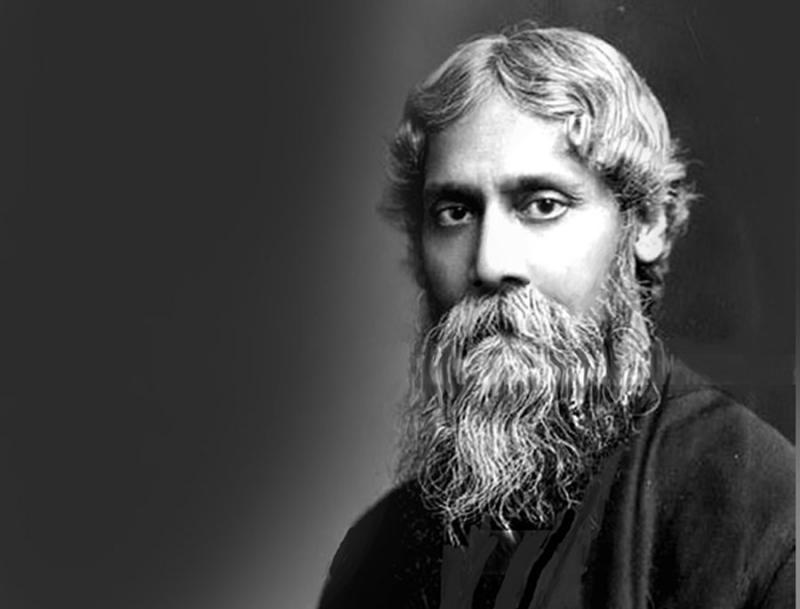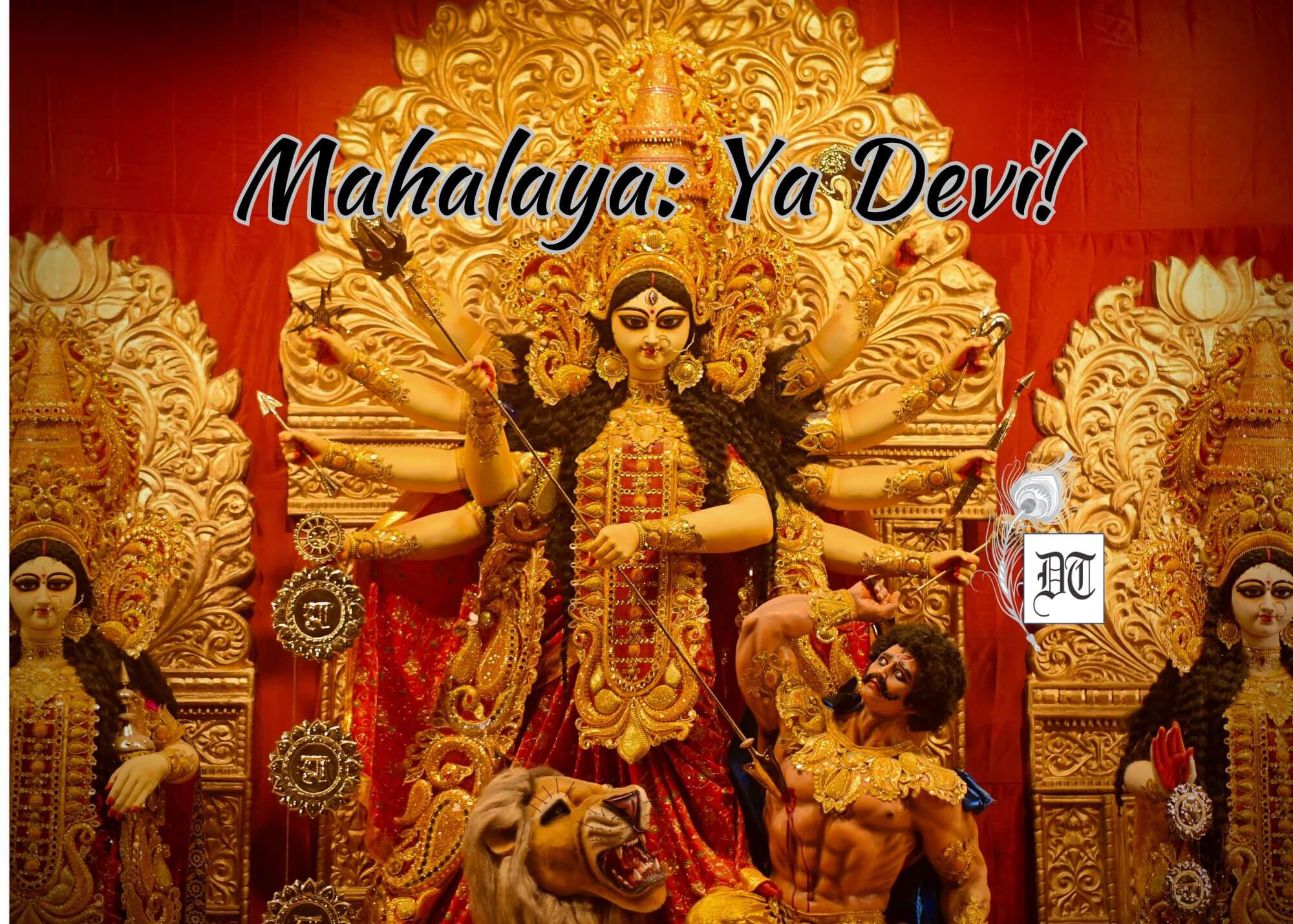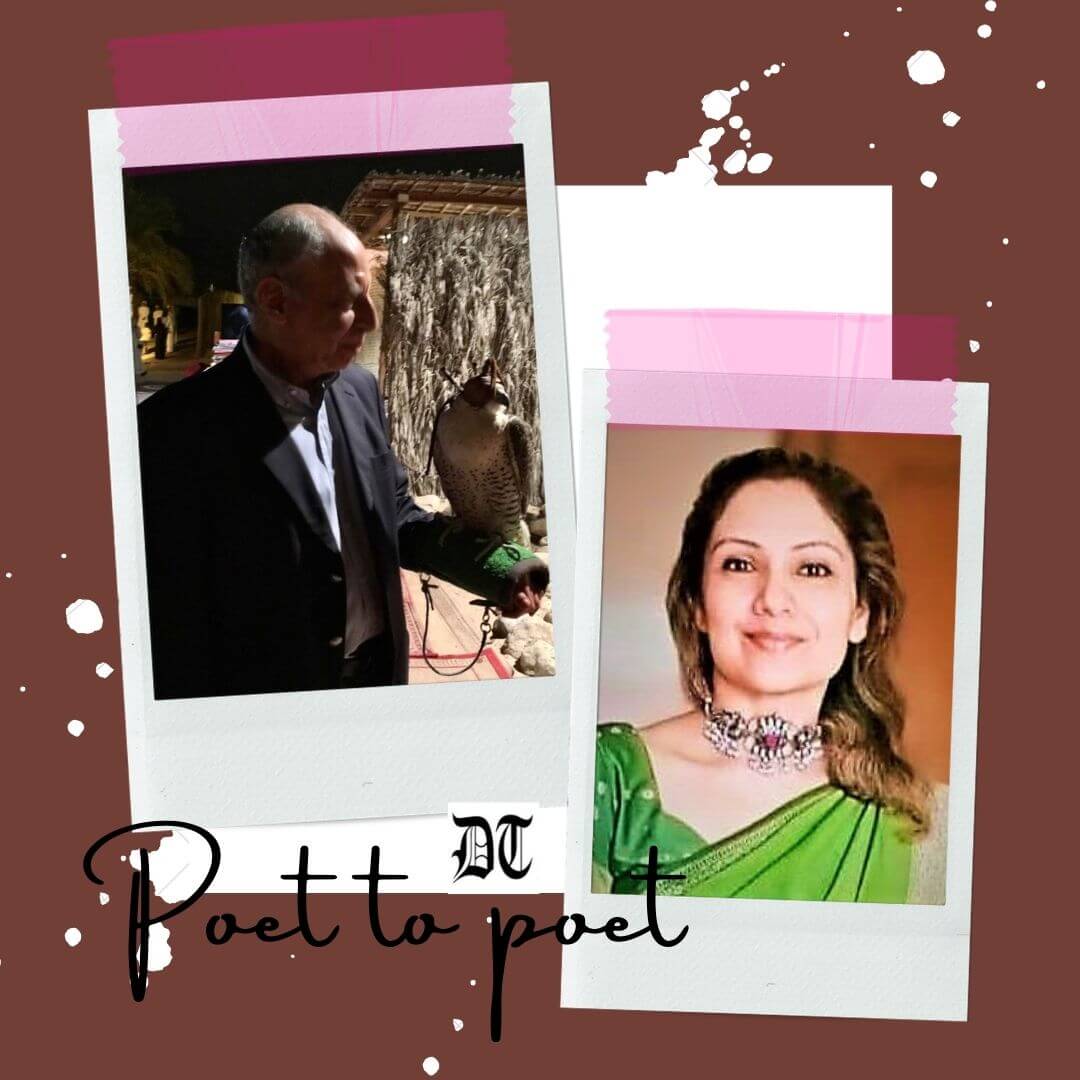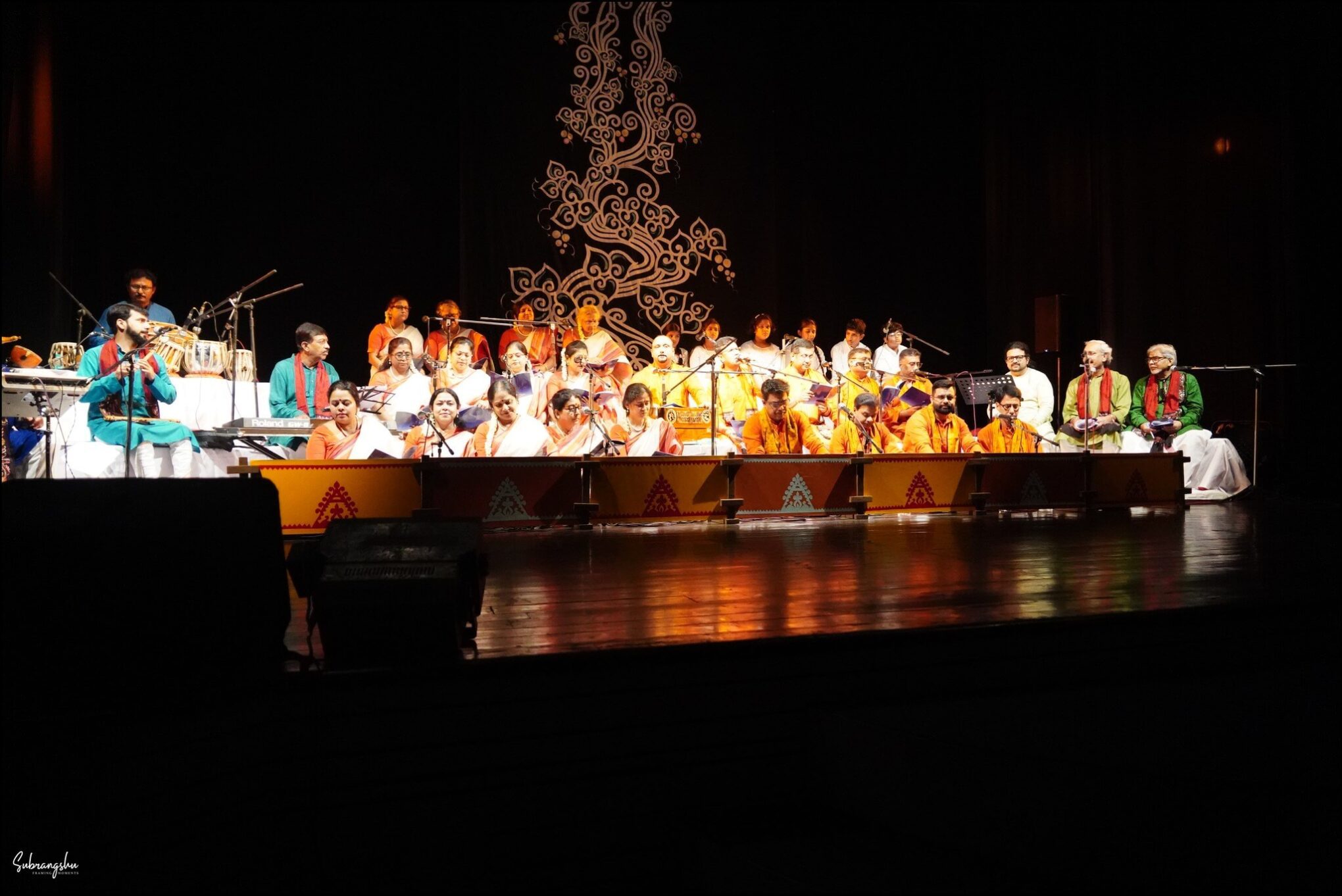On the 77th death anniversary of the Nobel laureate, Rabindranath Tagore, Ruchira talks about the Ba rd’s views on death. A tribute to the poet, from all of us at Different Truths. An exclusive Special Feature.
rd’s views on death. A tribute to the poet, from all of us at Different Truths. An exclusive Special Feature.
On 8th August 1941 (22nd Shravana, 1348) the radiant sun of India’s (read Bengali) literary domain was eclipsed forever by dense and gloomy monsoon clouds. Noble laureate and perhaps the most renowned poet of modern India, Rabindranath (literally: Lord of the Sun) breathed his last following prolonged illness. He was 80.
Like all human beings, Tagore had had his fair share of bereavements and personal tragedies. While still a teenager, he lost his mother, Sharada Devi. Subsequently, misfortune befell him again when his sister-in-law Kadambari Devi – his close companion and Muse – committed suicide, barely months after the 22 year old Rabi married Mrinalini. It is generally believed, Rabi and his notun bouthaan (new sister- in -law) shared a great love for literature and creativity, which had possibly permeated into their personal lives and ignited passions in the young hearts. Over the next few years, tragedies continued to dog Tagore. In 1902, Mrinalini passed away. Later that year, his 13 year-old daughter, Renuka succumbed to tuberculosis .The poet’s father Maharshi Debendranath died in January 1905. Two years later, in 1907, his second son and youngest offspring, 11-year-old Shamindranath died of cholera. Each time disaster struck, the poet was distraught, inconsolable. Yet his inner resilience prompted him to pick up the threads of life again. Like the mythical Phoenix, he rose from the ashes and took control of the surroundings.
The poet and philosopher that Tagore was, he not only glorified death but also gave it an exalted position. For instance, inBhanusingher Padavali, an anthology of’ poems in Braj Bhasha, the teenaged poet sings: Marana re, tuhun mama shyama saman (O Death, my beloved dark Lord Krishna). In another poem titled Mrityu (death) he quotes a simile: An infant wails when the mother removes its mouth from her breast; in the fraction of a second, however, it finds comfort with its mouth on the other breast. Likewise, our transit from life unto death involves only momentary agony. In another lyric, he pens his thoughts: naaache janam nache mrityu pachche pachche (birth and death are synchronised, dancing in perfect rhythm and harmony). In a much acclaimed poem, Janmadin (Birthday), composed during the last years of his life, Tagore says, on this special day both birth and death are my guests; they share the same seat and I accord them the same cordial welcome.
 In a volume of poems titled Prantik (pertaining to the border) Tagore compares this earth to a bird’s nest on the bough of a tree. The time has come for the bird to leave its nest for good. All chirping within will cease and a hushed silence will pervade…. When a strong gust of winds rocks the tree, the nest will fall to the ground and mingle with wilted flowers, fallen dried leaves and dust. Before departing from this world, the bird (protagonist) desires to pay his last grateful obeisance to the Almighty for the wonderful experience called Life.
In a volume of poems titled Prantik (pertaining to the border) Tagore compares this earth to a bird’s nest on the bough of a tree. The time has come for the bird to leave its nest for good. All chirping within will cease and a hushed silence will pervade…. When a strong gust of winds rocks the tree, the nest will fall to the ground and mingle with wilted flowers, fallen dried leaves and dust. Before departing from this world, the bird (protagonist) desires to pay his last grateful obeisance to the Almighty for the wonderful experience called Life.
Elsewhere, highlighting the perpetual cycle of life and death, Tagore writes: After death and agonising separation, there is invariably a sense of peace. Sorrow yields place to joy. The sun, the moon, and the stars arise daily; winter is followed by glorious spring. Gigantic waves rise from oceans only to subside afterwards. Flowers bloom only to wilt a few hours later. Into this realm of absolute fulfillment – where decay, impoverishment, death (end) do not exist– the human soul seeks solace.
Tagore even infuses a romantic note into the concept of death. In the verse titled, Smaran, the protagonist tells his beloved: When I will no longer exist in this mortal frame, should you desire to reminisce about me, do not arrange a gathering; on the contrary, come away to the charming grove of majestic Sal trees for our rendezvous.
Death, for Tagore was not a formidable, chilling, experience; instilling fear in human hearts, terrifying and gruesome. Rather he regarded it as a part of the cosmic creation, inseparable from birth and growth of all living creatures big and small. His train of thought bears an uncanny resemblance to the famous prayer of St Francis of Assisi. “It is only in dying that we are born to eternal life …”
©Ruchira Adhikari Ghosh
Photos from the Internet
#RabindranathTagore #DeathAnniversary #Tribute #Poet #NobelLaureate #Author #DifferentTruths








 By
By
 By
By